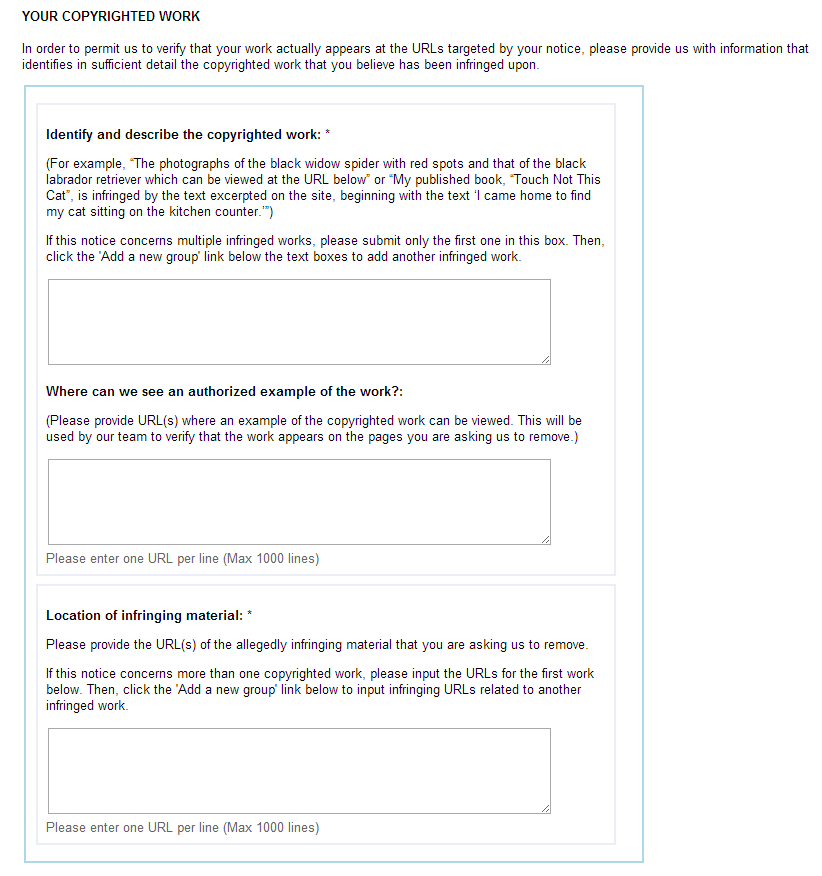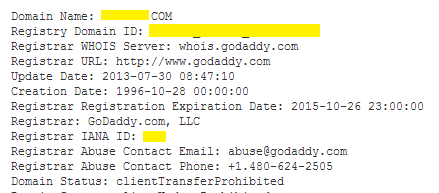Stop, Thief! 5 Steps to Wipe Out Stolen Website Content
If someone steals something from your house or store, you probably know exactly what to do. You call the police, describe what was taken, file an insurance claim, and try to get on with your life.
But how do you deal with the theft of something online? You can’t just shout “Someone copied my website!” to every person you pass in hopes of making a change.
Content theft happens every day, and the amount of stolen, lifted, and scraped content on the web is increasing. With content marketing a hotter topic than ever and websites desperate to rank, some unsavory individuals may choose to copy your hard work instead of doing their own.
I’ve had my content stolen in the past, and getting a pat on the back and being told “imitation is the highest form of flattery” just made me even more upset. But what could I do? Call the police and say “hey, some guy stole my blog post” or “this girl on the internet copied my short story”? I felt helpless and unsupported.
You shouldn’t have to feel that way. That’s why I put together this simple five-step guide to knowing how to report a website for stealing content. Follow along to learn how you can quickly and easily resolve this unfortunately common problem.
Step 1: Gather your evidence.
It’s tempting to immediately send angry, threatening emails to the webmaster and registrar, but you should approach this situation with a cool head. After all, what if the site owner paid a freelance writer for a blog post, and has no idea the writer actually plagiarized you?
Before doing anything else, take the time to collect your thoughts and gather your evidence. Create a document with all the information you can find, including the URL(s) where the stolen content resides, any contact information, dates, times, and so on. You should also be prepared to keep a log of all communication that takes place, just in case you need to escalate the issue.
Step 2: Contact the thief directly.

Although confrontation can be challenging, it’s often the best way to get your copied content removed. Look through the infringing website for contact information. Send a short message stating what was taken, including the URLs of both the original and copied page(s), and ask for the removal of your content.
When you send your email, make sure you include a deadline. It’s perfectly fair to say “if I don’t receive acknowledgment of the removal within 48 hours, I’ll report your website to Google.” This adds a sense of urgency and shows you’re serious.
Alternately, if you’re comfortable with this, you can turn the theft into a link-building opportunity: instead of asking for a removal, have the webmaster add a followed link to your original page as a credit link. However, be careful with this one: if the website looks spammy, you probably don’t want a link from it. So use this tactic with caution.
Step 3: If there’s no response, report the page to Google.
If the website with your content has been indexed by (and is ranking on) Google, they can at least help you get it out of their search results. Google has a copyright infringement form that you can fill out and submit to their team for review:

What happens once you submit this report varies. If you’re reporting stolen content that is actually hosted on one of Google’s services, they are likely to remove it entirely. Content hosted elsewhere may simply be deindexed so it doesn’t show up in search results. Depending on the severity of the scrape (for example, if your entire site was copied), the offending site may receive a good old-fashioned penalty in Webmaster Tools.
Step 4: Report the page to the domain registrar or host.
If deindexing isn’t enough for you, and you want the content removed completely, you can report the thief to their domain registrar (the company that owns their URL). Registrars want to do everything in their power to avoid being caught in the middle of a legal battle, so if you tell them there’s copied content being served via their URL, they might suspend the domain.
To identify the registrar of a particular website, use a WHOIS tool like this one provided by Network Solutions. Here are some sample results:

See the GoDaddy contact information there? Most registrars have an abuse or copyright infringement contact email address that you can use to file complaints. Write a short email describing the situation, again including links to the original and copied page(s), and cross your fingers.
You can also report the infringing content to the website host (the company that owns the server). To find the host, you can use a tool like Who Is Hosting This? Follow the same procedure when contacting the owner of the server. The host may pull the infringing pages from the server or even suspend the hosting account if the infringement is severe enough.
Step 5: If all else fails, seek out legal aid.
If the thief won’t comply, Google doesn’t deindex the content, and you can’t get any results from the registrar or host, you have one final option. The Digital Millennium Copyright Act is a US copyright law that prohibits the theft of digital content. Contact a lawyer who has experience with DMCA takedowns and ask for their help.
Although this option may be costly, if the stolen content is outranking you or otherwise damaging your online presence, it just might be worth it. Getting legal aid involved is a clear signal to copyright thieves that you mean business.
This actually happened to us…
Earlier this year, our Science of Happiness infographic was stolen. A dishonest individual copied the image, changed the colors slightly, and covered the WebFX logo with their own. This on its own was pretty bad, but then the individual went a step further and began sending their copy to a number of high-profile websites, and they, in turn, published the stolen version.
Although we were extremely upset about this, cooler heads prevailed, and we managed to turn the theft into an opportunity. We contacted each of the websites that had published the stolen version, explained what had happened, and provided the link to our original version. A large majority of them responded, apologized (even though it wasn’t their fault!), and swapped in our original infographic — often with a link to our blog.

Although content theft can be an upsetting experience, keeping a cool head and following the right steps can resolve even the worst website scrapes or instances of plagiarism. If you want to be more proactive about checking for content theft in the future, you can check your most popular blog posts or pages with Copyscape, which will identify and link to any duplicates.
Have you ever been the victim of content theft? How did you resolve it? Feel free to share your experiences with us below.